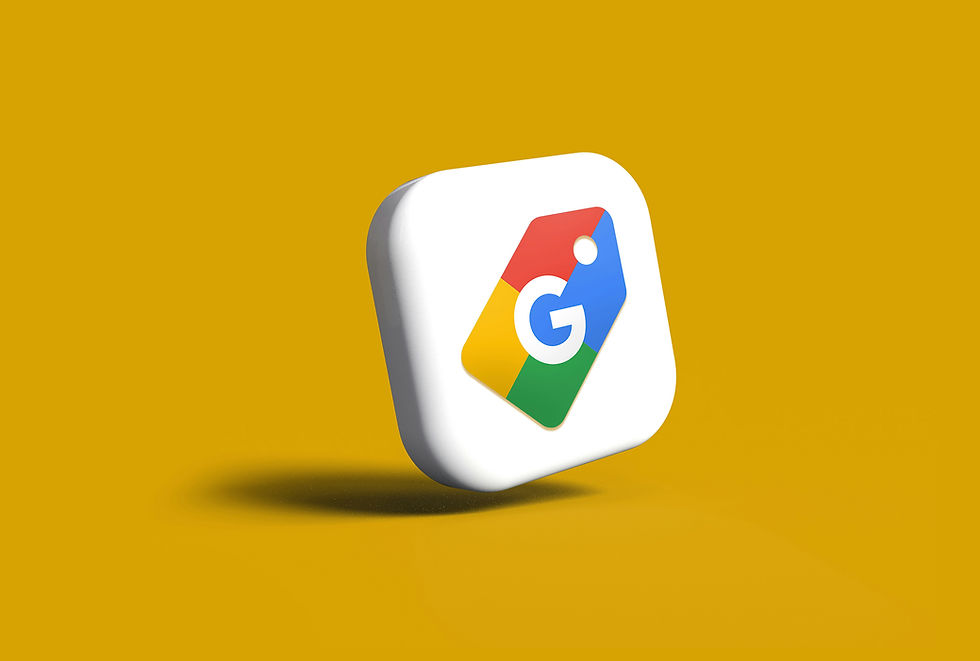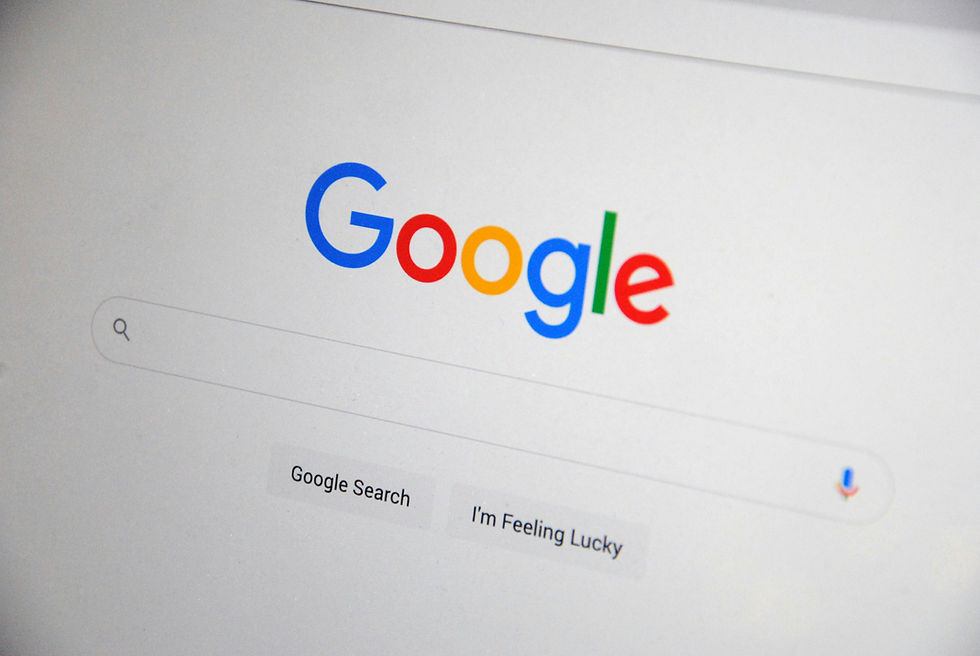The rise of generative AI in consumer search
- Jack Morgan
- Sep 17
- 2 min read

Generative AI has moved rapidly from novelty to mainstream. ChatGPT alone reached around 700 million weekly active users worldwide by mid-2025, making it one of the fastest-adopted technologies in history (Backlinko, 2025). In the US, nearly a quarter of adults had already tried ChatGPT by early 2024 (Pew Research, 2024). For brands, this represents a fundamental shift in how consumers discover and process information. Instead of scanning through multiple search results, users increasingly ask AI assistants a question and receive a single, synthesised answer.
Zero-click behaviour accelerates

Even before generative AI, traditional search was changing. By 2024, nearly 60% of Google searches ended without a click (SparkToro, 2024). Users were already finding what they needed on the search results page itself. AI platforms push this trend further: in many cases, a chatbot delivers an answer without surfacing any links at all. For brands, this means website visits that once came through SEO may never materialise.
AI as the narrator of your brand story

When a consumer asks ChatGPT about the “best budget smartphone” or a “reliable insurance provider,” the AI assembles a response based on external sources. In effect, it becomes the narrator of your brand story. If the data it draws on is outdated, incomplete, or skewed, the answer it provides will reflect that (MarTech.org, 2025).
This creates both risk and opportunity. Positive coverage in authoritative outlets can echo through AI-generated answers. Equally, inaccurate or negative content may be repeated and amplified long after the original source was published (Columbia Journalism Review, 2024).
What this means for visibility strategies

Traditional SEO and on-site content remain important, but they are no longer sufficient on their own. To shape how AI platforms describe your brand, you need to ensure trusted third-party sources are publishing accurate, up-to-date information. Off-site content – whether editorial coverage, affiliate reviews, or thought leadership placements – now plays a decisive role in generative AI visibility.
Brands that adapt to this new paradigm will be those that “get cited, not just clicked.” In a landscape where consumers increasingly rely on AI for answers, visibility depends on being part of the reference material these systems trust.
📄 This blog is adapted from our latest research on off-site content in the age of generative AI. To receive the full whitepaper, get in touch with the Planit team.
Comments